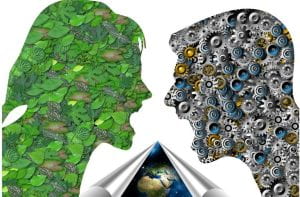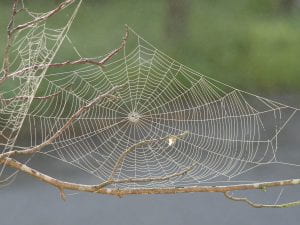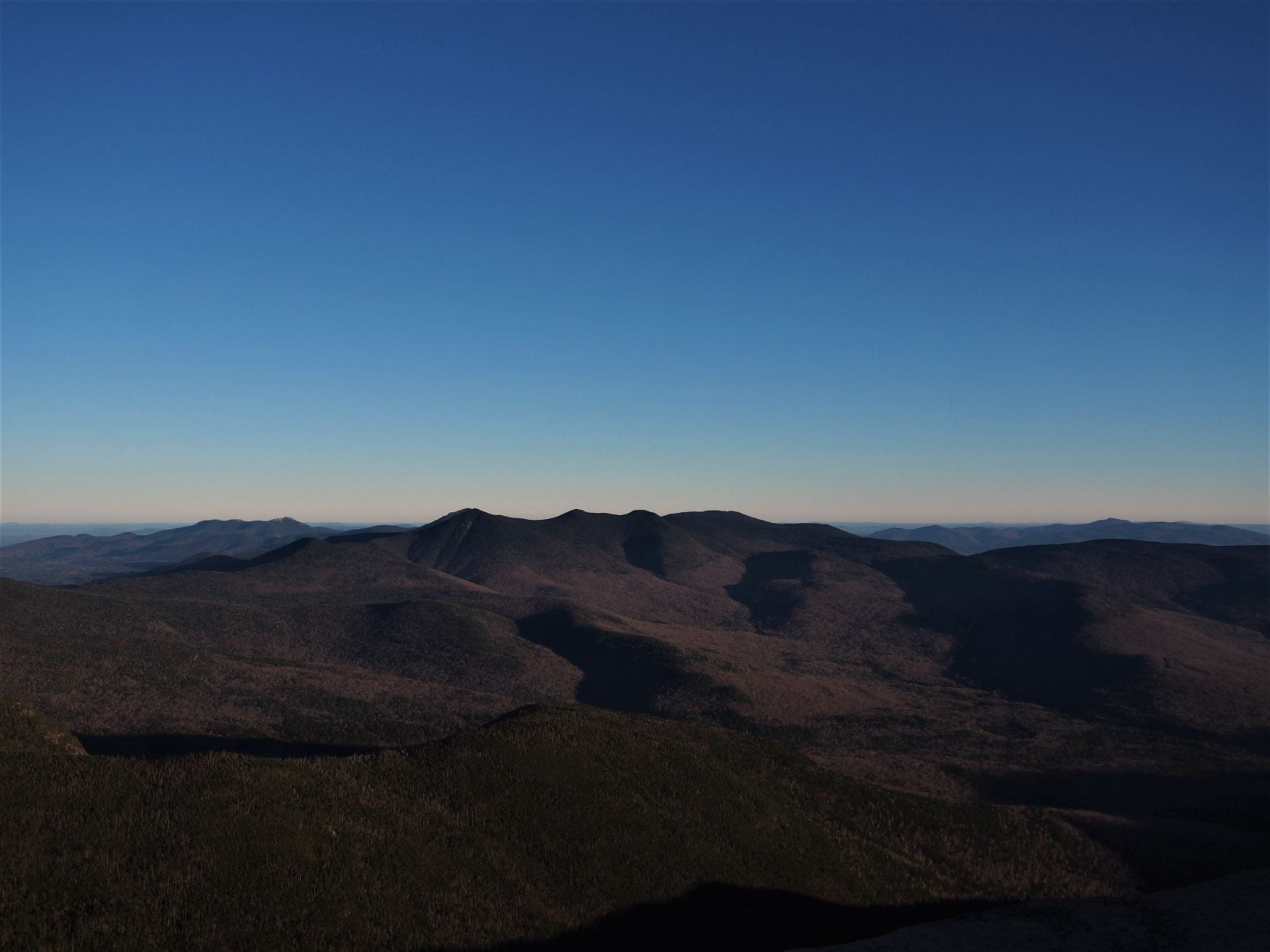
Intersectionality is a term that was used by Kimberle Crenshaw who believed there was no “single-axis framework” that encapsulated the “lived experiences of black women” who face both sexism and racism (Kings 2017). Black women face various types of oppression in a multitude of complex ways (Kings 2017). Although the term intersectionality was used to help describe the experiences black women were having, intersectionality became a tool for feminists to analyze the parallels between women and their experiences (Kings 2017). Due to the diversity that intersectionality brings, it can be used in a variety of different fields (Kings 2017). In regard to ecofeminist intersectionality and feminist intersectionality, there are different types of women in a variety of circumstances, which leads to a plethora of varying experiences (Kings 2017). Therefore “by using the tools of intersectionality” it helps to “illuminate the interconnectedness of race, class, gender, disability, sexuality, caste, religion, age and the effects which these have… on the discrimination, oppression, and identity of women and the natural environment” (Kings 2017).
In order to become socially aware of the sexist, racist, homophobic imagery, text or occurrences that plague our society, Mari J. Matsuda states in an article from the Stanford Law Review in 1991 about the importance of ‘asking the other question’ (Kings 2017). ‘Asking the other question’ means that discrimination and prejudice that could have been concealed or masked, are now revealed and different “disadvantages and privileges which make up the lived experiences and complex identities of every individual” are now exposed (Kings 2017).
Intersectionality can be compared to a “web” as Kings states in Intersectionality and the Changing Face of Ecofeminism. The strings that make up the web can represent different categories like “gender, sexuality, race or class; while encircling spirals depict individual identities” which shows how vast and complex intersectionality can be. A spider’s web is typically sticky and can be compared to how different people can become stuck in different “cultural categories” or “conflicting social categories” (Kings 2017).

Looking at ecofeminism and intersectionality in India, women have been advocating for the environment for hundreds of years, dating back as far as three hundred years ago according to Vandana Shiva in Staying Alive: Women, Ecology and Survival in India who is an academic, writer and activist (Kings 2017). In one example that shows ‘Indian ecofeminism’ or ‘Indian environmentalism,’ Kings discusses the Chipko movement, which involved women in Rajasthan who sacrificed their lives in order to protect sacred trees called khejri trees (Kings 2017). In the Global South, nature has an intimate relationship with women and therefore there is a great “attempt to protect and preserve local resources” (Kings 2017). However, something that Shiva ignores that Agarwal and Sowmya Dechamma have pointed out is “pre-existing inequalities such as “caste, class, power, privilege, and property relations which predate colonialism” which are important aspects to look at when discussing ecofeminist intersectionality (Kings 2017).
In The Difference Between Ecofeminism & Intersectional Environmentalism by Leah Thomas, Thomas states that social justice and environmental justice are what both intersectional environmentalism and ecofeminism work towards (Thomas 2020). Intersectional environmentalism looks at sexism as well as other social injustices such as “Black Lives Matter and youth climate strikes in 2019 and 2020” (Thomas 2020). In regard to ecofeminism, both women and nature are exploited, and women cannot be liberated without nature also being free from the exploitation and the patriarchal grasp. Ecofeminist intersectionality looks at the oppression of women and nature and acknowledges that women are more likely to be affected by ecological deterioration (Kings 2017). By looking at ecofeminism through an intersectionality lens, then the association and connection of women, humans and nature can be assessed and understood in a way that can improve both nature and the livelihood of women (Kings 2017). In order for women and nature to be liberated, intersectionality can be used to look at the connection of women and nature as well as a combination of age, gender, race, religion, sexuality and class while seeing how all of these categories are interlinked and influenced by one another (Kings 2017).
Works Cited:
Ferrara, E. (2014). Rachel Carson – Undersea. Visions for Sustainability 3:62-67. DOI: 10.7401/visions.03.06
Kings, A.E. “Intersectionality and the Changing Face of Ecofeminism.” Ethics & the Environment, vol. 22 no. 1, 2017, p. 63-87. Project MUSE muse.jhu.edu/article/660551.

Hi Sam!
I really love what you wrote here. You really do a great job tackling the idea of intersectionality and how we all can take a moment and identify the different intersections of our identity. Personally, I feel like intersectionality is an amazing tool to show people how these big issues affect them. If we can all take a moment and recognize the different intersections of our identity and see that there are different facets that don’t negate each other they compound to make one well rounded human. We can use our experiences to better understand others and empathize with the world around us. If we can evolve to use our privilege to help the oppressed and use our oppression to understand the plight of others and empathize, then we would have few problems as a society. Understanding is the key. If we are able to understand our own multifaceted identities then we are more likely to understand and accept that other people have a different experience and identity. We don’t all need to agree if we can empathize with each other and ourselves.
Elizabethe Schlumbohm